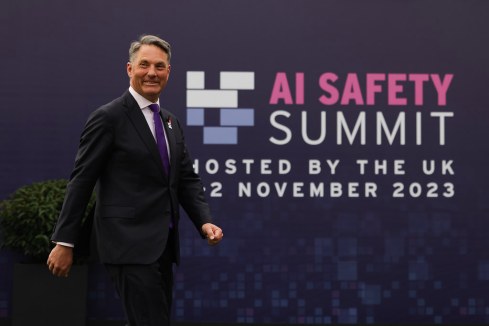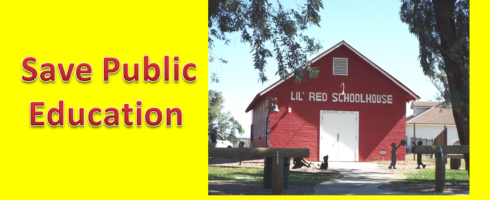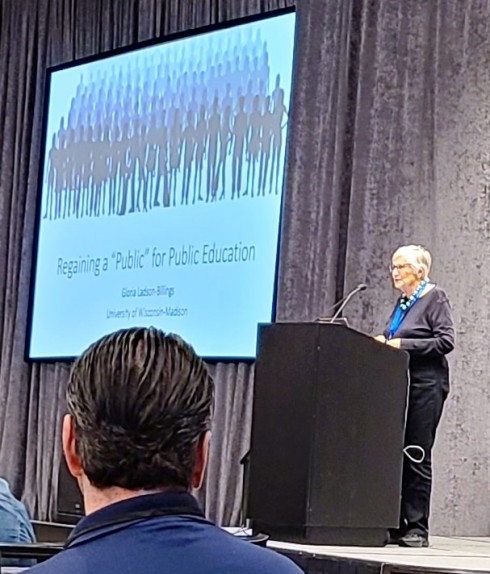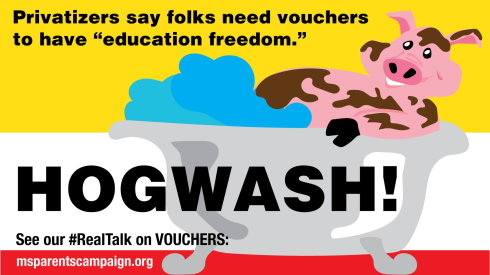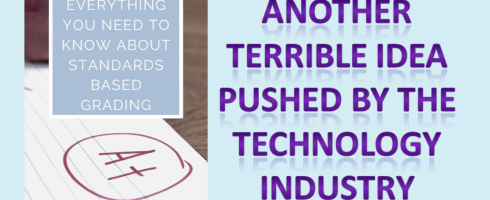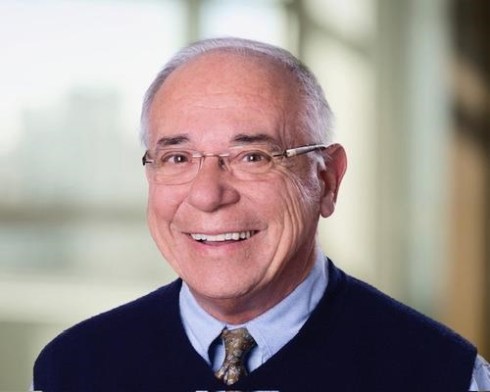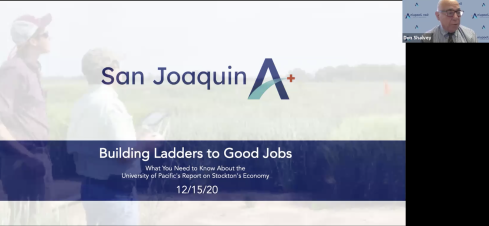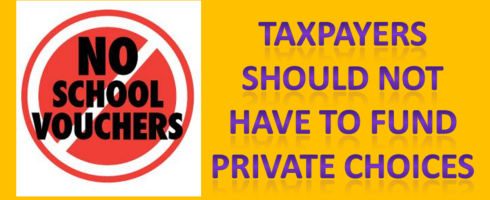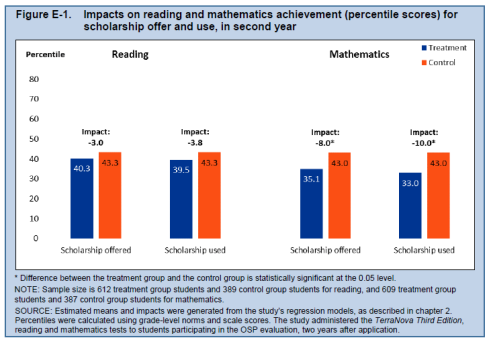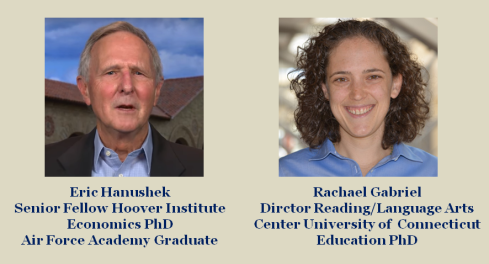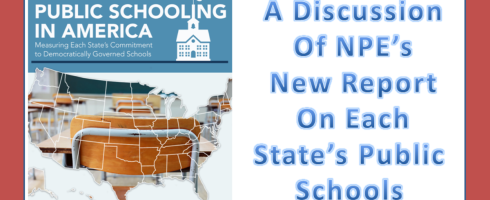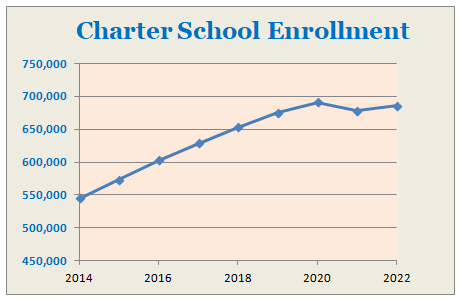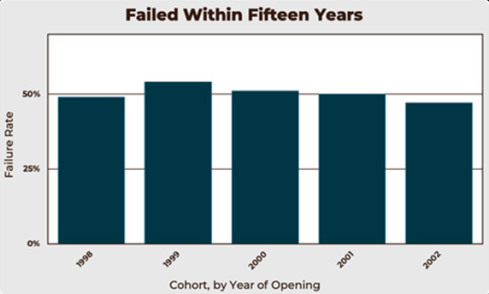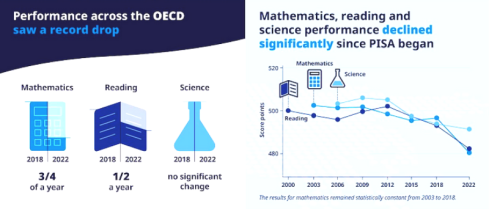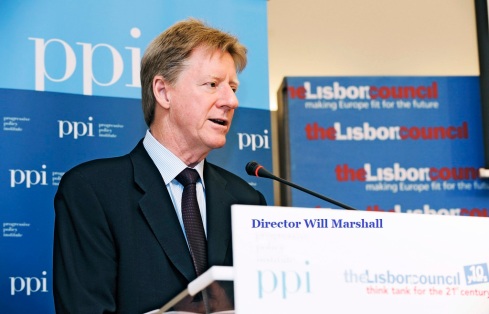By Thomas Ultican 5/8/2024
Republicans, following the lead of Manhattan Institute’s Christopher Rufo, are out to end Diversity, Equity and Inclusion (DEI) programs. The world’s richest man, Elon Musk, wrote on X, “DEI is just another word for racism.” Rufo’s and Musk’s central complaint is DEI unfairly harms white people. Billionaire hedge-fund manager, Bill Ackman, wrote, “DEI is racist because reverse racism is racism, even if it is against white people.” It is easy to conclude, these men are calling for policies leading back to 1876 and segregation, exclusion and caste (SEC).
Bill Ackman is not a GOP shill. He is a neoliberal who has donated hundreds of thousands of dollars to Al Gore, Barack Obama and Pete Buttigieg. When Musk responded to a post on X, blaming Jews for flooding countries in the West with “hordes of minorities,” calling it “actual truth,” Ackman leaped to his defense with “Elon Musk is not an antisemite.” This is as hard to believe as Republicans are warriors against anti-Semitism. After all, the Republican Party is the main vector for the anti-Semitic “replacement theory.” A theory claiming Jews are involved in a plot to inundate the U.S. with undocumented immigrants who will “replace” the ebbing white majority and keep the GOP out of power.
Writing in the Wall Street Journal about his role in bringing down Harvard’s first ever black female President, Claudine Gay, Rufo ignored claims of plagiarism and anti-Semitism brought against her and focused on efforts ending DEI in higher education. Gay’s chief critic was Bill Ackman. In a long statement, he claimed DEI was the “root cause” of anti-Semitism at Harvard.
Ending DEI at College
Medical Schools Do Not Want Students Who Look and Think Alike
The Chronicle of Higher Education reports at least 82 bills opposing DEI in higher education have been filed in 20 states since 2023. Twelve of them became law in Idaho, Indiana, Florida, Texas and other states lead by GOP politicians. Kevin Stitt, the Governor of Oklahoma, signed an executive order in December, ending spending on DEI, claiming:
“Encouraging our workforce, economy, and education systems to flourish means shifting focus away from exclusivity and discrimination, and toward opportunity and merit. We’re taking politics out of education and focusing on preparing students for the workforce.”
The OU student newspaper reported, “Offices that are focused on African American, Hispanic, or LGBTQ+ students likely violate the Executive Order.”
Florida has a long dark history of racism, ranging from fighting in the civil war for rights to own black people to the 1923 Ocoee massacre that powerful Floridians are trying to hide. Totally in keeping with this racist past, Tallahassee Democrat reported the DeSantis administration pushed to gut diversity, equity and inclusion programs in higher education. In May 2023, the Governor signed a bill banning state public colleges and universities from spending money on DEI. He asserted:
“This bill says the whole experiment with DEI is coming to an end in the state of Florida. We are eliminating the DEI programs.”
In June 2023, Texas Governor Greg Abbott signed a bill, dismantling DEI programs in higher education. It was introduced into the state senate by State Senator Brandon Creighton. Afterwards, Creighton claimed, “With this bold, forward-thinking legislation to eliminate DEI programs, Texas is leading the nation, and ensuring our campuses return to focusing on the strength of diversity and promoting a merit-based approach where individuals are judged on their qualifications, skills, and contributions.”
Dallas Morning News reported:
“The bill was challenged by Democrats every step of the way, from the Senate higher education subcommittee to the House floor. But starting in January 2024, Texas campuses must eliminate DEI offices, mandatory DEI statements and training.”
Abbott also signed a related law, reducing tenure protection for college professors. As a result, higher education institutions in Texas are finding it more difficult to attract top professors.
Stephanie Saul of the New York Times notes that some schools are finding workarounds to mitigate damage. Whereas both University of Florida and University of Texas ended their DEI programs and terminated administrators and staff, Florida State University and University of Tennessee took steps to save employees and continue some valuable services that would otherwise be lost.
Florida State University did it mostly by changing title names and reclassifying positions of employees, already working in DEI to give them new roles; an approach that did not require laying anyone off. This left in place some of the previous DEI department’s work. The school reshuffled jobs and turned the Equity, Diversity and Inclusion Office into the Office of Equal Opportunity Compliance and Engagement.
At University of Tennessee, the DEI program is now called Division of Access and Engagement. The newly named department is still working to diversify the campus and beat back injustice. Unfortunately Tennessee lawmakers have become wise to the workaround. A bill introduced in January specifically stated that no such offices should be operating “regardless of name or designation.” White GOP lawmakers are steadfastly opposed to diversity, equity and inclusion. They see it as a “WOKE” plot foisted on them by liberals.
Corporations and DEI
Corporations Value Diversity
Surprisingly America’s corporations are quite bullish on DEI. Taylor Tedford of the Washington Post shared, “In his annual letter to shareholders this year, JPMorgan Chase CEO Jamie Dimon emphasized that DEI ‘initiatives make us a more inclusive company and lead to more innovation, smarter decisions and better financial results for us and for the economy overall.’” Many large companies tout DEI as leading to business success. A 2023 study of 1200 firms by McKinsey & Company found organizations with the highest racial, ethnic and gender representation are 39% more likely to outperform. A Moody’s study found companies with greater diversity on their boards and in executive leadership have higher ratings.
However conservative opponents of DEI are attacking corporations in court. Last September, a federal judge in Washington State threw out the lawsuit alleging Starbucks violated its duty to shareholders by endeavoring to diversify its workforce. The suit was based on the company’s goals of hiring more people of color, attracting diverse suppliers and tying executive pay to achieving diversity goals.
Growing legal, social and political attacks cause some organizations to delete DEI from public view. They are not necessarily abandoning it but rewriting policies that once emphasized race and gender to prioritize inclusion for all.
Opinion
Manhattan Institute’s, Christopher Rufo, worked at Discovery Institute, dedicated to replacing Darwinian biology with “intelligent design”. There, he developed a talent for tapping into white insecurities with racially dishonest tropes, like abuse of critical race theory (CRT). As the CRT furor began to wane, Rufo turned to another racially-sensitive topic, reframing DEI as being against white people.
Sadly the GOP, which used to have ideals and ethics, joined this campaign. The fact is non-white males and women are not competing on a level playing field when it comes to hiring, admittance to training programs or gaining promotions. DEI programs work to rectify this. Now, Republicans are turning this on its head, claiming it is the “WOKE” agenda of liberals working against white people. This racially-tinged attack on women and minorities demonstrates how bankrupt the GOP ideology has become.
Doubtlessly there are some legitimate grievances with DEI but that does not mean it should be destroyed. Some aspects of the movement may need reformation but America needs this tool. Instead of lamenting people who are different, we need to awaken to the fact that these differences should be celebrated as the key to our greatness.
Conservative lawmakers have set themselves up by opposing diversity, fighting against equal opportunity and ignoring inclusion.
Their fight against DEI is not a good look … it appears racist, caring only about whites.





